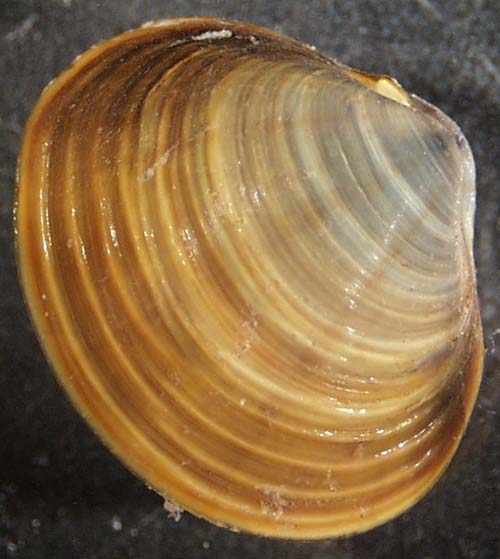All organisms are classified according to a hierarchical system. This classification is as follows::
Kingdom
Phylum
Class
Order
Family
Genus
Species
Any of these categories can be called a taxon (singular). Each organism has its own unique species name, and falls into a series of higher categories, with those species most closely related to it sharing the most taxa in common. All of the invertebrates on earth are in the animal kingdom, as opposed to the kingdoms of the Plants or Fungi or Cyanobacteria. Molluscs, such as the snails and mussels, are in their own phylum (Mollusca). Insects, water mites, and all the Crustaceans are in the phylum Arthropoda. The insects are in their own class, the Insecta. Within the Insecta are many orders - for instance, all of the true flies are in the order Diptera, and the damselflies and dragonflies share the order Odonata. Sometimes there are further divisions within the basic categories, such as suborders and subclasses. The species that have the most in common with each other will be grouped into the same genus. The plural of genus is genera. The word species represents both the singular and plural, but are often abbreviated as sp. and spp., respectively.
The following is a breakdown of the taxonomy of a well known aquatic macroinvertebrate, the introduced asian clam.

Kingdom = Animalia
Phylum = Mollusca
Class = Bivalvia
Order = Veneroida
Family = Corbiculidae
Genus = Corbicula
Species = fluminea
Species are generally referred to by their unique binomial, which includes their genus and species. The asian clam's unique binomial is Corbicula fluminea. The genus and species names are always italicized.
In addition to their binomial, which is normally derived from Latin, the species most familar to humans have common names. Common names, however, are not very useful in identifying an organism down to species. For instance, there are organisms called "midges" in several families within the order Diptera. However, common names are often easier to remember than Latin names, and can be very useful when learning about invertebrates.
As you use this guide, you might notice that many insects, within different taxa, share a few very common names - such as "fly" and "bug". Technically speaking, all insects are not bugs. The only true bugs are in the order Hemiptera. Similarly, the only true flies are in the order Diptera. |
